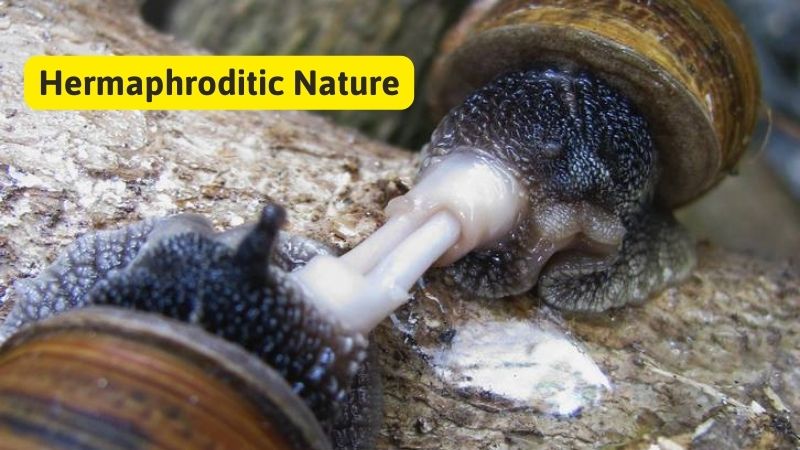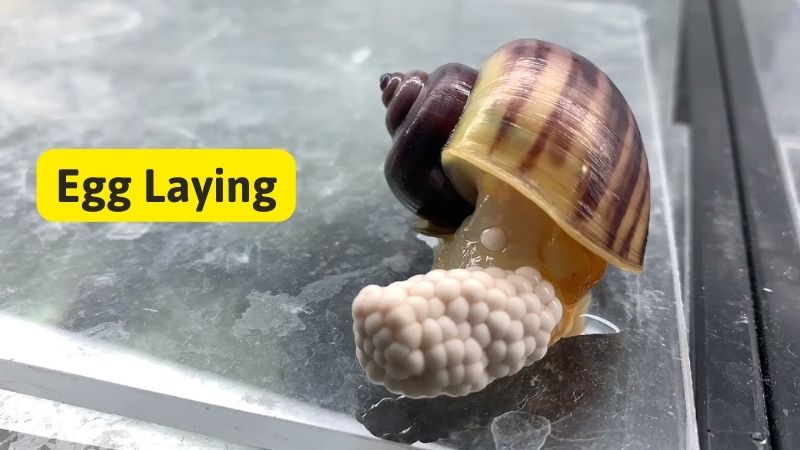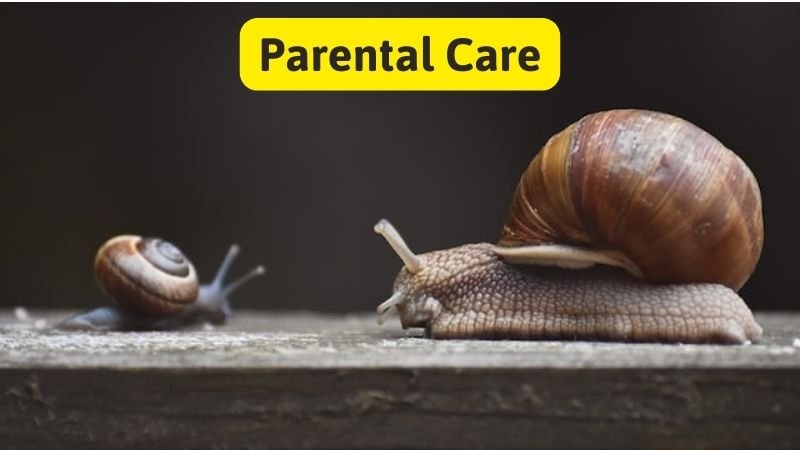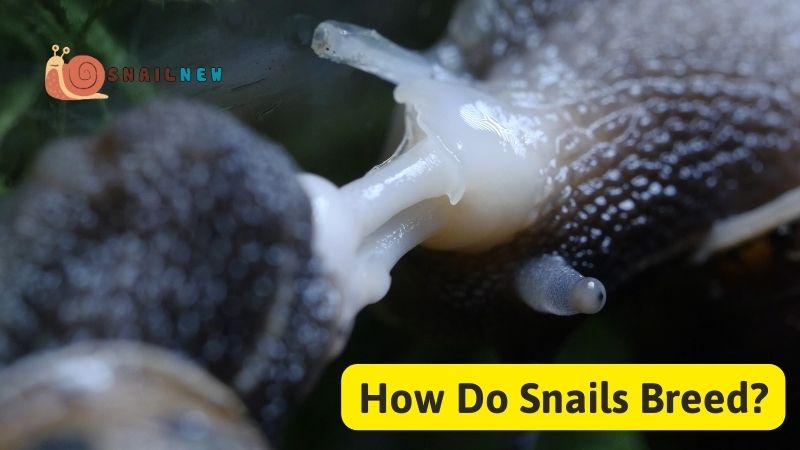Snails, with their unhurried pace and intricate shells, often captivate the curiosity of nature enthusiasts. Beyond their leisurely movements lies a fascinating aspect of their lives: reproduction. Understanding how do snails breed unveils a world of complexity and adaptability within these seemingly simple creatures. In this comprehensive guide, Snailnew delve into the intricate process of snail reproduction, exploring the methods, behaviors, and marvels of their breeding rituals.
Table of Contents
ToggleHow Do Snails Breed?
1. Hermaphroditic Nature:
Central to snail reproduction is their fascinating hermaphroditic biology. Unlike most organisms, snails possess both male and female reproductive organs within a single individual. This remarkable dual functionality allows them to employ diverse reproductive strategies, including self-fertilization and cross-fertilization. By having the capacity to produce both sperm and eggs, snails demonstrate a remarkable adaptability in their reproductive processes, ensuring a higher likelihood of successful reproduction in various environmental conditions.

2. Courtship Rituals:
How do snails breed? The answer begins with courtship rituals, intricate dances of touch and movement that precede mating. When two snails encounter each other, they initiate a delicate courtship, often involving gentle caresses and circling movements. These rituals serve to establish compatibility and readiness for mating.
3. Exchange of Sperm:
Following courtship, snails progress to the next critical stage: the exchange of sperm. This pivotal moment in the breeding process involves the transfer of reproductive cells between the two individuals. Through this exchange, each snail acquires the genetic material necessary for fertilization, facilitating the continuation of their species. This intricate process underscores the complexity of snail reproduction and highlights the evolutionary adaptations that enable them to thrive in diverse ecological niches.
4. Egg Laying:
Following mating, the snails embark on the journey of egg laying. How do snails breed? It’s a question answered by the careful deposition of eggs in suitable environments. Snails typically seek out moist soil or hidden vegetation to lay their eggs, safeguarding them from desiccation and predators.

5. Self-Fertilization:
In addition to engaging in mating with other individuals, certain snail species possess the extraordinary capability of self-fertilization. This biological phenomenon enables a snail to fertilize its own eggs autonomously, without the requirement of a mate. Although less prevalent than traditional mating, self-fertilization bestows snails with a reproductive advantage, particularly in environments where suitable mates may be scarce or inaccessible. This adaptive strategy underscores the resilience and versatility of snails in navigating diverse ecological challenges and maximizing reproductive success.
6. Incubation Period:
Once the eggs are laid, they enter an incubation period during which they develop and mature. This period varies depending on factors such as temperature, humidity, and species-specific characteristics. Throughout incubation, the parent snails may exhibit behaviors aimed at protecting the eggs from harm.
7. Hatching:
Following the conclusion of the incubation period, a pivotal moment in the breeding process arrives: hatching. It signifies the culmination of the reproductive cycle as tiny snails emerge from their eggs, poised to begin their individual journey of growth and survival. Hatching serves as a critical juncture in the life cycle of snails, representing the transition from the embryonic stage to that of a juvenile, where they embark on the challenges and opportunities of their environment, navigating the complexities of their ecosystem.
8. Parental Care:
Although snails are not typically associated with extensive parental care, certain species demonstrate behaviors aimed at enhancing the survival of their offspring. Examples include guarding the eggs or providing them with a protective covering. However, the extent of parental care varies considerably among snails, influenced by factors such as species-specific traits and environmental conditions. This variability underscores the diverse range of reproductive strategies employed by snails to ensure the survival of their progeny in different habitats.

9. Reproductive Strategies:
The reproductive strategies employed by snails reflect their adaptability to diverse habitats and ecological niches. From elaborate courtship rituals to self-fertilization, snails have evolved a repertoire of strategies to ensure the continuation of their species in various environments.
10.Environmental Factors:
Environmental factors play a crucial role in shaping the breeding behavior of snails. Factors such as temperature, humidity, and food availability influence the timing and success of reproduction. Snails exhibit remarkable plasticity in their reproductive responses, adjusting to changing environmental conditions with agility.
11. Conservation Implications:
Understanding how snails breed is not only a matter of scientific curiosity but also holds implications for conservation efforts. As key components of many ecosystems, snails play essential roles in nutrient cycling and food webs. By unraveling the mysteries of their reproductive biology, conservationists can develop strategies to protect and preserve these vital organisms and the habitats they inhabit.
Conclusion:
In conclusion, the process of snail reproduction is a testament to the ingenuity and resilience of these fascinating creatures. From their hermaphroditic nature to their diverse reproductive strategies, snails employ a range of adaptations to ensure the survival of their species. By delving into the intricacies of how do snails breed, we gain a deeper appreciation for the complexities of life in the natural world.
Related Posts:
- A Comprehensive Exploration How Does A Snail Reproduce
- Do Snails Mate? A Closer Look at Hermaphroditic Courtship
- Exploring the Lifespan of Snails: How Long Do Snails Live?
- The Eyes of the Unseen: Can Snails See?
- Do Snails Shed Their Shells? The Truth About Snail Shells
- Do Snails Have Brains? A Fascinating Journey into…


